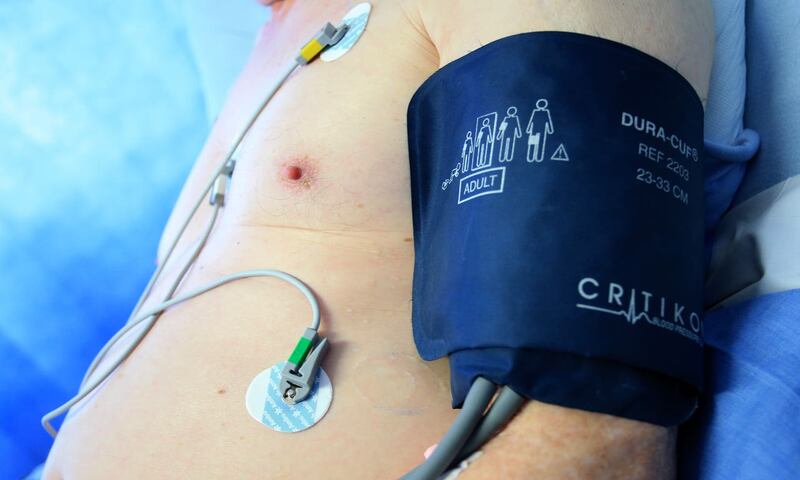Health Secretary Matt Hancock has warned that antimicrobial resistances is as big a threat to humanity as climate change.
– What is antimicrobial resistance?
Antimicrobial resistance (AMR) occurs when bugs – including bacteria and viruses – no longer respond to the drugs made to kill them.
If these antibiotics stop working, then minor infections such as a skin wound could prove fatal.
– How has the problem occurred?
It is natural for bugs to mutate over time and try to get round the action of medicines.
But humans have accelerated this process through the overuse of antibiotics in agriculture, such as on farm animals, and in medicine.

As a result, some strains of bugs including tuberculosis, MRSA and Clostridium difficile no longer respond to antibiotics that used to be effective against them.
There has also been a rise in so-called superbugs – drugs that are resistant to not just one antibiotic but several or all of them.
– What can be done?
Antibiotics can treat bacterial infections but they are of no use against viruses such as colds and flu.
Also, antibiotics have been used on livestock to promote growth and protect health but this has driven up bacterial resistance.
Steps are now needed to drive down antibiotic use and for them only to be given out when necessary.
Patients are urged to not demand them from GPs but to take advice from doctors.
– What does the Government say?
The Government has taken action, and the use of antibiotics across the NHS and on livestock is falling.

But it wants to go further and has pledged to cut antibiotic prescribing in the NHS by an extra 15%, and resistant infections by 5,000 (10%) by 2025.
There are an estimated 53,000 resistant infections per year and more than 60% of those are picked up in healthcare settings.
The Government wants to slash this by preventing at least 15,000 people picking up these infections.
– Can drug firms help?
Health Secretary Matt Hancock has announced a new payment system, where drug firms have financial incentives to develop new drugs to tackle AMR.
At the moment, firms are paid by the quantity of antibiotics they sell but this will be changed so they receive cash according to how valuable the drugs are to the NHS.







